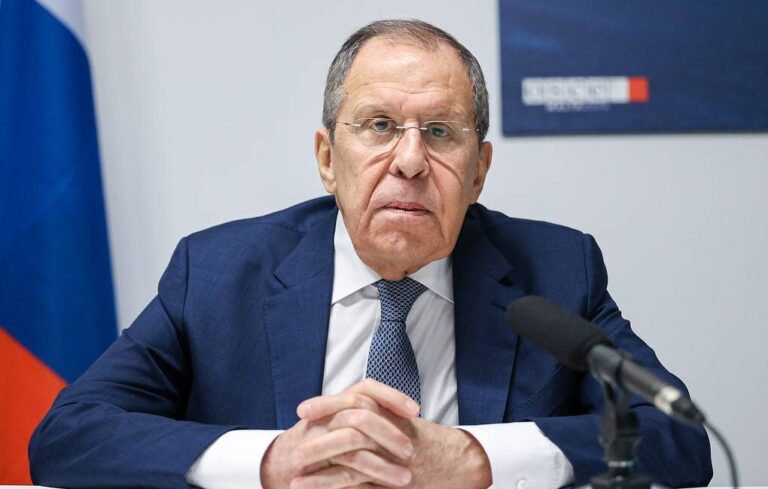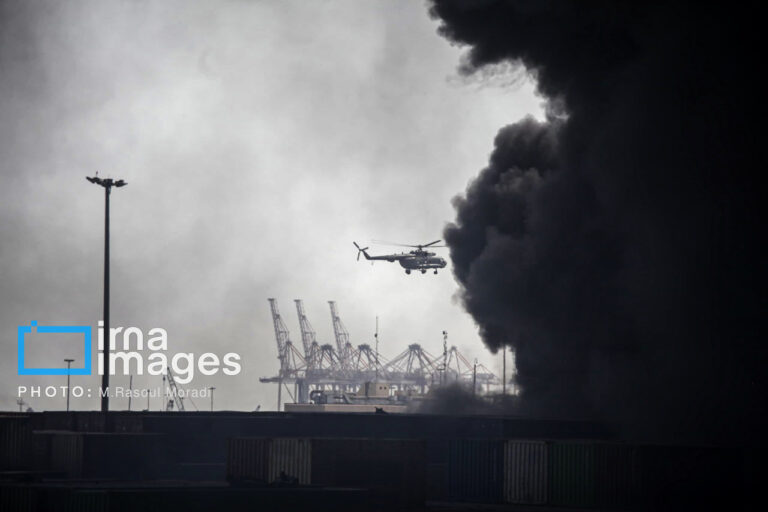PG States Stand Firm: Rejecting Role as Launchpad for US Military Strikes on Iran
In a significant development in Middle Eastern geopolitics, Saudi Arabia and other Persian Gulf nations have enacted a ban on the use of their airspace by US warplanes targeting Iran. This decision follows a recent escalation in tensions after US President Donald Trump issued threats of military action against Iran.
According to a senior US official who spoke to Middle East Eye under the condition of anonymity, key Gulf states, including Saudi Arabia, the United Arab Emirates (UAE), Qatar, and Kuwait, have firmly communicated their stance. They will not allow their airfields or skies to serve as launchpads for attacks on Iran, which includes prohibiting essential operations such as refueling and rescue missions.
This collective decision from the Gulf states marks a notable shift in regional dynamics, particularly in light of the ongoing tensions between the United States and Iran. The ban is not merely a logistical issue but reflects deeper geopolitical concerns and the desire of these countries to avoid being embroiled in a larger conflict.
The timing of this announcement is critical, as it comes shortly after President Trump threatened military strikes against Iran over the weekend. The Gulf states’ refusal to cooperate presents a significant challenge for the Trump administration, which had plans to leverage military action as a means of exerting pressure on Tehran to return to the negotiating table over its nuclear program.
- Saudi Arabia and its allies are wary of escalating tensions in the region.
- The decision to ban US warplanes highlights the complex relationships between the Gulf states and the US.
- The ban includes restrictions on critical operations such as refueling and rescue missions.
- The Gulf states aim to maintain their sovereignty and avoid direct involvement in US-Iran conflicts.
The senior official emphasized that these states “do not want to be drawn in” to a military confrontation that could have disastrous consequences for the region. This stance reflects a broader sentiment among Gulf nations who are increasingly cautious about the implications of US military actions.
The implications of this ban are considerable, particularly for the Trump administration’s military strategy in the region. The administration had previously hoped to utilize extensive airstrikes against the Ansarallah Resistance Movement in Yemen as a demonstration of force to compel Iran to negotiate. However, the refusal of Gulf states to support such actions could hinder these plans significantly.
This development raises several important questions about the future of US-Iran relations and the role of the Gulf states in regional security dynamics:
- How will the ban affect US military operations in the region?
- What implications will this have for the ongoing conflict in Yemen?
- Will this lead to a reevaluation of US foreign policy in the Persian Gulf?
The refusal by Gulf nations to allow US military operations against Iran underscores a growing trend of regional autonomy. As these states navigate their relationships with both the US and Iran, they are increasingly unwilling to act as proxies in broader geopolitical conflicts.
Moreover, this situation highlights the complexities of alliances in the Middle East. While the US has historically relied on Gulf states for support in military endeavors, this ban suggests a shift in priorities among these nations, prioritizing their own national interests and stability over alignment with US military strategies.
As tensions continue to simmer, the reactions of both the US and Iran to this ban will be critical. The Trump administration will need to reassess its approach to Iran and consider the limited support it can expect from regional allies. Meanwhile, Iran may interpret this development as a sign of weakness in US influence over its traditional allies.
In conclusion, the ban on US warplanes by Saudi Arabia and other Persian Gulf littoral states marks a pivotal moment in Middle Eastern politics. It not only reflects the growing autonomy of these nations but also complicates the already fraught relations between the US and Iran. As the geopolitical landscape continues to evolve, all eyes will remain on the region as the potential for conflict hangs in the balance.






